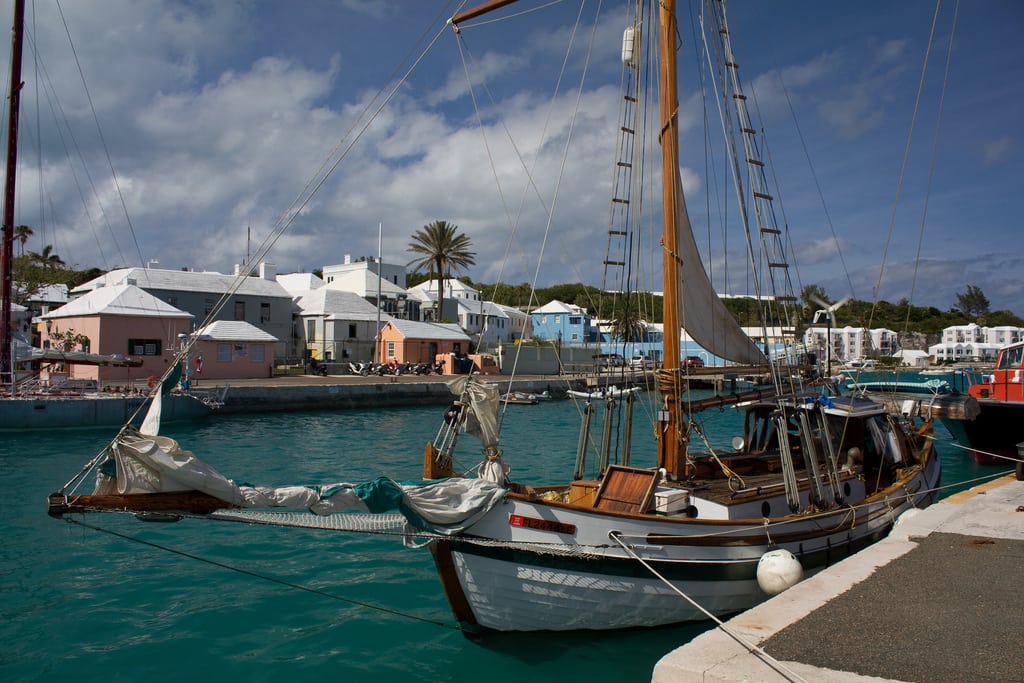Skift Take
The success or failure of BTA's marketing and product development will contain key lessons for other large and small destinations looking to attract a younger visitor base.
The one-year-old Bermuda Tourism Authority has the unique task of finding out exactly what it takes to turn around a destination’s declining visitation.
The organization was formed in December 2013 after a steady decline in tourism: arrivals had fluctuated over the past thirty years, reaching its peak in 2007. In 2013; however, the island welcomed 579,808 visitors via air, cruise and yacht, an almost 6 percent decrease since 2012. The island’s largest source markets — the United States and Canada — decreased seven and eight percent, respectively in that time.
The island’s current challenge is not attracting the high net-worth individuals who arrive in private jets and take private cars up to Tucker’s Point. Its challenge is attracting younger travelers who are more interested in experience than status.
“Our challenge is the current generation of travelers and the next generation of travelers. Bermuda is not on their consideration list,” says Victoria Isley, BTA’s sales and marketing executive.
“We’ve repeatedly told by consumers that we have to improve the product.”
The organization is attacking the challenge from several angles. The New York Times wrote about its social media efforts, which included working with two Instagram influencers and AFAR Media to paint a more approachable picture of the island.
The influencers’ photos garnered far fewer “Likes” than user-generated ones posted by destinations such as Tourism Australia or Canadian Tourism Commission; however, BTA’s executive team believes the feedback is good for the organization’s early start.
“We are, in many respects, a startup,” says Bill Hanbury, CEO of the Bermuda Tourism Authority.
Hanbury has worked at six destination marketing organizations over the past six years and is applying his learnings to BTA, much of which focus on product development rather than a sleek campaign.
“Two years ago you would have never thought about what kind of experiences consumers were having in destination in terms of them sharing it with their 2,000 friends while they’re still sitting on the beach,” explains Hanbury.
Turning present visitors into destination marketers before, during, and after their trip is a task that all destination marketing organizations are currently facing.
One of the organization’s biggest focus is the upcoming America’s Cup. The announcement, made in late November, gives the island an event to build its tourism strategy and infrastructure around.
In addition to the sailing competition, Hanbury and Isley says they are supporting local entrepreneurs who are building tours and activities companies that take tourists to lesser known parts of the island. It’s these kinds of experiences that the team hopes attracts a younger, more active visitor base.
“The ultimate goal of what we will be tested on is increased air arrivals,” says Isley.
It is too early to tell whether the BTA’s efforts will pay off; however, it will be easier to track visitor arrivals to the island nation than to most destinations since the only options are plane or boat.
The Daily Newsletter
Our daily coverage of the global travel industry. Written by editors and analysts from across Skift’s brands.
Have a confidential tip for Skift? Get in touch
Tags: bermuda, dmos, marketing, tourism
Photo credit: A sail boat in St. George, Bermuda. Brian Gratwicke / Flickr
